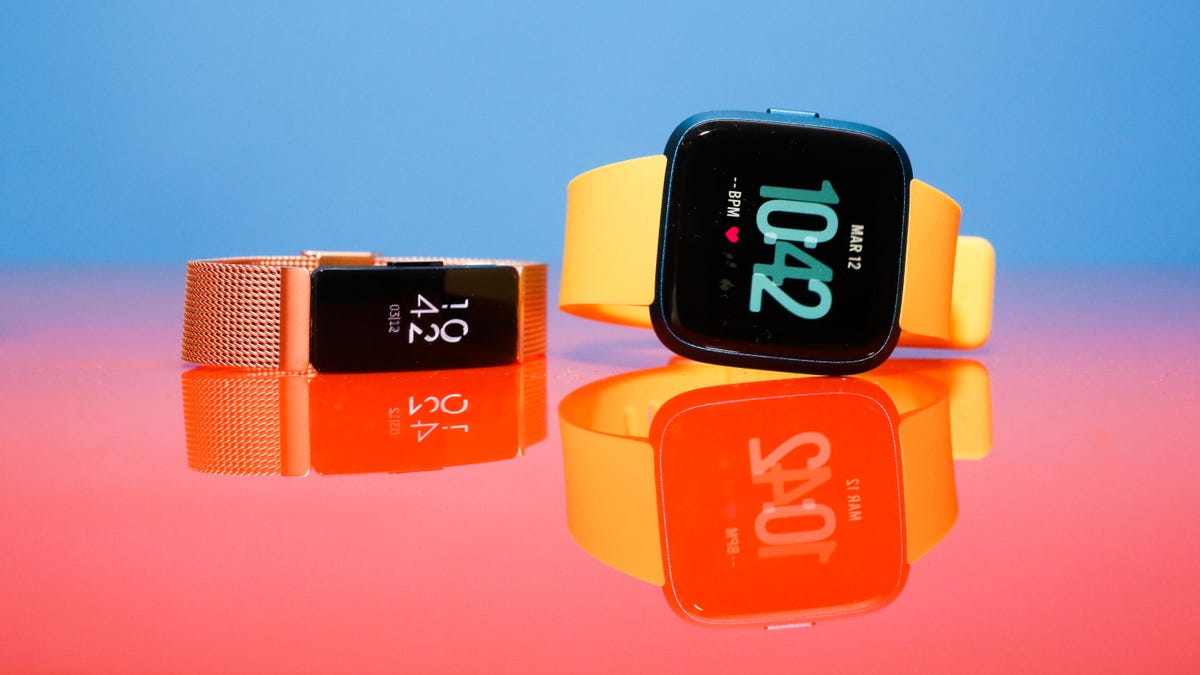Fitbits might not track your heart rate right if you're a person of color
There have been a few complaints from people with darker skin or a lot of tattoos.

Fitness trackers could have a flaw, according to Stat.
Since their debut, fitness trackers and smartwatches have become a common sight on people's wrists. As of February, Apple, Samsung and Fitbit made up 88% of smartwatch unit sales in 2018, the Smartwatch Total Market Report said. However, the gadgets might not work as effectively for people of color or those with tattoos, according to findings published Wednesday by Stat, a health and medicine publication.
Users have complained on Fitbit forums and on Reddit about the smartwatches having trouble giving readings on people with darker skin. Fitbit replied in the community forum and said the Charge HR tracks "heart rate on every complexion" and directed users to a support article.
"Fitbit takes accuracy very seriously and continuously performs studies to rigorously test the accuracy of our products among diverse groups of users," a Fitbit spokesperson said in a statement Wednesday.
The company said its PurePulse technology performs to industry-standard expectations for optical heart rate on the wrist. The company said it designed its optical system to emit green light at a sufficient strength to effectively penetrate darker skin and its detector is sensitive enough to accurately detect the heart rate signal.
Fitbit, Samsung watches, Garmin devices and other wearables use green lights, which are cheaper than infrared lights, to take readings. Stat's report said that green light has a shorter wavelength and is "more readily absorbed by melanin." This makes it harder for people with darker skin tones to get accurate readings.
Apple told Stat that it also uses green lights to continuously monitor, but uses infrared light to take readings every five minutes. The company's support page says its watch measures a user's heart rate using photoplethysmography. PPG is a low-cost optical technique that illuminates the skin and measures changes in light absorption, according to the US Library of Medicine. Apple's support page says this works because your blood reflects the red light and absorbs the green light.
Samsung and Garmin didn't immediately respond to request for comment.
Originally published July 24.
Update, July 25: Adds comments from Fitbit and more background information on the
Apple Watch
.

